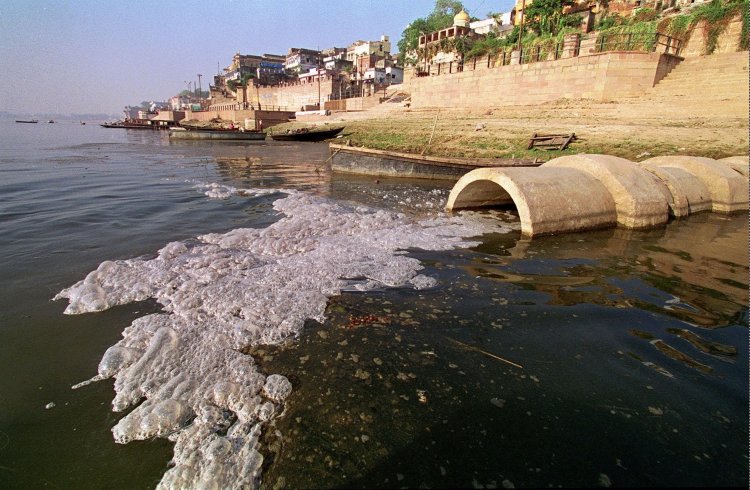
What could be more sad and shameful than this is that the water of the rivers of Punjab, which was considered as nectar, has now become so polluted in many areas that it is spreading cancer. Even the groundwater of Punjab has become polluted in some areas. This is not the imagination of any writer but has been claimed in the recent reports regarding the waters of Punjab. The Standing Parliamentary Committee on Water Resources, drawing attention to the increasing abundance of radioactive and toxic substances in the groundwater of Punjab, has recommended the Union Ministry of Jal Shakti to ensure the supply of clean drinking water in the affected areas. The report of the parliamentary committee has highlighted that the level of iron, salt, nitrate and heavy metal particles in the groundwater of 9 districts of Punjab including Fatehgarh Sahib, Fazilka, Ferozepur, Moga, Patiala and Rupnagar is quite high. The reports have claimed that it is not drinkable. Even in many areas of Punjab, Punjab’s water is not suitable for agriculture. Some time ago, the Central Ground Water Board (CGWB) report for the year 2024 recorded that the presence of hazardous elements like uranium, nitrates, arsenic, chloride and fluoride in the groundwater of 20 districts of Punjab has been found to be much higher than the permissible limit. Another recent report has claimed that the continuously polluted water in Punjab is increasing the number of cancer patients. According to the report of the Union Government’s Ministry of Water Resources, 26 percent of Punjab’s water is not suitable for irrigating fields. The same is the case with drinking water. If the 2024 report of ICMR is to be believed, a lot of cancer has been found among people living near rivers and drains. According to another research, iron, lead, aluminum and many other deadly metals are dissolving in the water. Arsenic is currently found in the water of 12 districts of Punjab. Due to this, the risk of spreading cancer and other diseases is increasing.
Punjab currently has only two main rivers, Sutlej and Beas. Only a part of Ravi is in Punjab. Apart from this, Ghaggar River, Budha River and other small rivers are actually small streams. A lot of pollution has spread in these rivers and streams of Punjab. According to media reports, polluted water from industries and pharmaceutical factories in some areas of Himachal Pradesh is also coming into the rivers of Punjab. Apart from this, polluted water from industries, dyehouses and factories of many cities of Punjab is also mixing in the rivers of Punjab, due to which the rivers of Punjab have become polluted. Sewage from many cities of Punjab is also found in the rivers, due to which the water of the rivers becomes even more polluted. In many areas, river water is also used for drinking, due to which people who drink this contaminated water can also fall ill. The Budha River, which starts from the eastern area of the metropolis Ludhiana and passes through the entire city, has become polluted to a dangerous level. Starting from Kum Kalan and till it merges with the Sutlej River, the toxic water discharged from industrial units and dairies has polluted the Budha River very badly. In the past, dyes, dangerous chemicals from electroplating units and excrement discharged from dairies, which were secretly dumped in this source of clean water, have turned the Budha River into a dirty drain.
The water of the rivers of Punjab, which has fallen victim to human selfishness, has become so polluted today that it is spreading life-threatening diseases not only to the people of the villages coming in its path but also to the residents of other districts. In fact, all the rivers, streams or water sources in Punjab have become so polluted that their water is no longer fit for drinking.
If the reasons for the pollution of Punjab’s waters are investigated in depth, its roots are connected to the Green Revolution. Due to the indiscriminate use of chemicals to bring about the Green Revolution in Punjab and the use of pesticides and poisons to protect crops from pests, its impact also reached the river waters and groundwater of Punjab, due to which all the water of Punjab became polluted. Now the question arises that who will take care of the polluted waters of Punjab? The Punjab government needs to take concrete steps to save the river and groundwater of Punjab, maintain it, make it pollution-free and poison-free.













